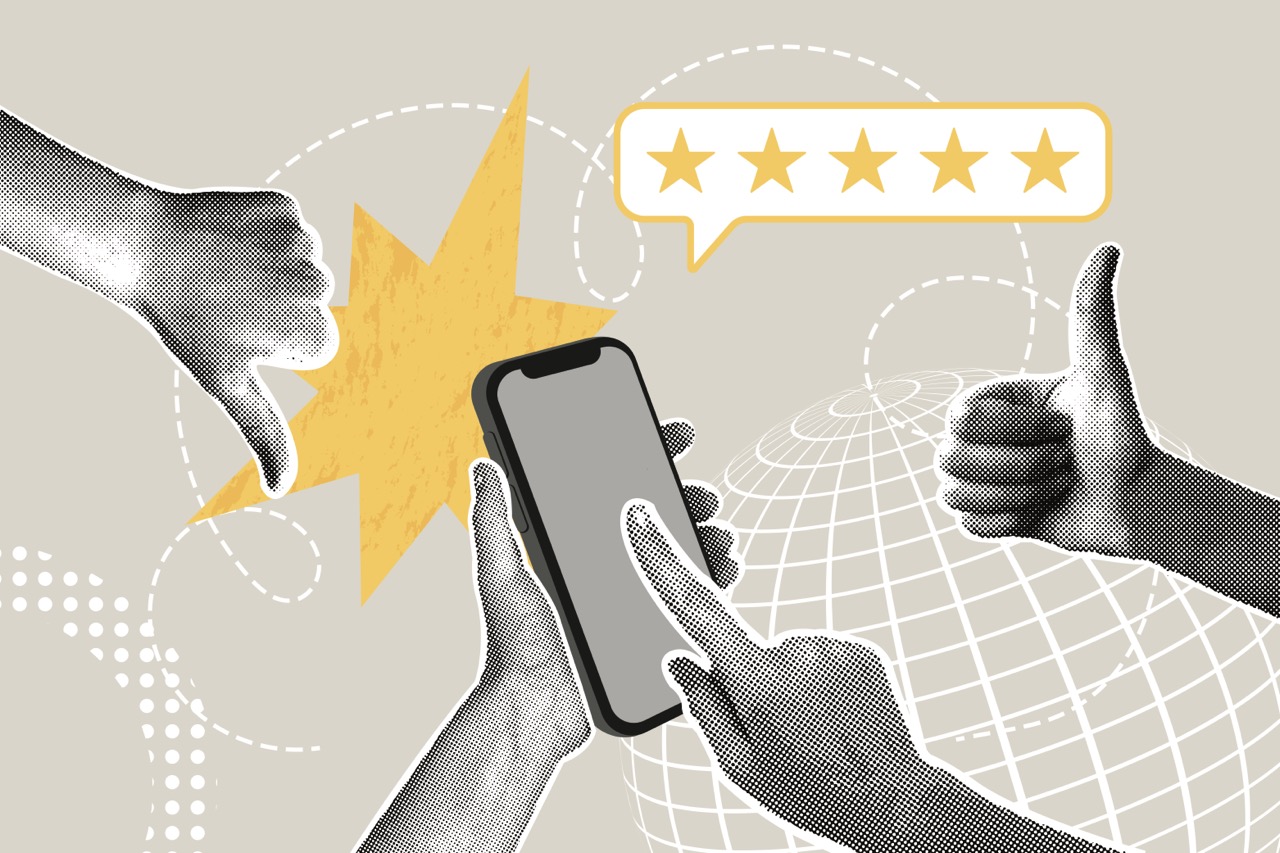Ideas Post
Listening to Social Conversations
The use of social media has grown in significance for business success.

The use of social media has grown in significance for business success. Conversations on social media contain valuable information that companies leverage for a variety of purposes. Among them, social listening is tracking social media platforms for mentions and conversations related to your brand, then analyzing them for insights to discover opportunities to act. Now we are going to look at how a social listening strategy can help your business.
Understanding Customers.
Unlike surveys, which use predefined questions, or focus groups, which sample only a few customers, social media allows businesses to hear and understand their customers' attitudes and behaviors on a broader and deeper level

Brand perceptions.
How do customers see your brand? What aspects of it do they like or dislike? What associations do they have with your brand? These are crucial questions for a brand manager to answer. Companies frequently conduct custom studies to generate perceptual maps in order to answer these questions. Millions of casual social conversations by consumers, on the other hand, can provide a window into the consumer's mind. Companies can create brand association maps in real-time using sentiment analysis and text mining techniques. See the image below for an example of a Nike map.

Customer Satisfaction and Future Behavior.
Social conversions and online reviews reveal a product's or service's satisfaction and predict future purchasing behavior. Consumers, for example, routinely check hotel reviews on TripAdvisor or restaurant reviews on Yelp before making a reservation. According to one study, a one-star increase in Yelp ratings was associated with a 5% to 9% increase in restaurant sales. Another study discovered that TV shows discussed in a variety of communities performed better than TV shows discussed in a single community. According to one study, participant interactions between members of one online community encourage higher consumer spending on books, music, and movies, particularly among the platform's most active and connected users. Using data from a multichannel entertainment products retailer, one study found a double-digit increase in spending that could be attributed to the purchase behavior of consumers who joined the firm's online community.Here are some approaches and examples of how we can recognize and categorize social conversations related to our brands.
Participating in Social Discussion.
Rather than simply listening to what customers say on social media, businesses can actively participate in shaping the conversation, even creating opportunities for powerful real-time marketing. Starbucks, for example, created a website called My Starbucks Idea to solicit new product ideas from customers. While Starbucks employees reviewed content and implemented selected ideas, the platform connected enthusiasts with one another and allowed them to participate in the brand community.
Leveraging Social Media and Amplifying the Message.
Companies can use social media to spread their message and build brand advocates. Tremor, a P&G company founded in 2002, uses its community of over one million mothers, as well as audiences such as boomers, millennials, and US Hispanic consumers, to generate word-of-mouth recognition and advocacy from influential consumers.Companies now use both paid and social media to spread their message. To amplify their message through social media and create brand advocates, managers need to understand three things: 1) Why do consumers share content? 2) What content do consumers share? 3) How do consumers share content? After figuring out those three questions, you must have a clear understanding of your brand and your audience. Then the most important thing is what you should do next!
Let's build a tribe together
Ideas, Ideas, Ideas
Featured Work
We don’t just deliver - we make a difference.
Here’s a look at some of our most impactful branding, web, and campaign work. These aren’t just projects - they’re proof of what’s possible when bold ideas meet the right tribe.












